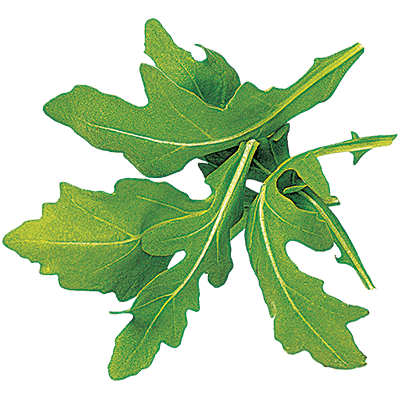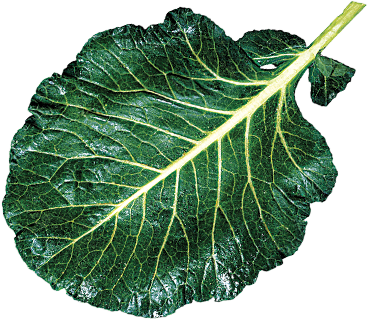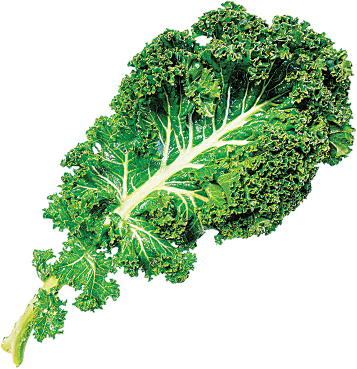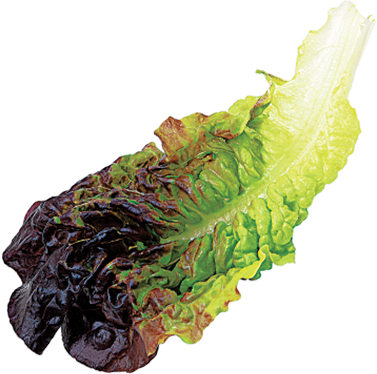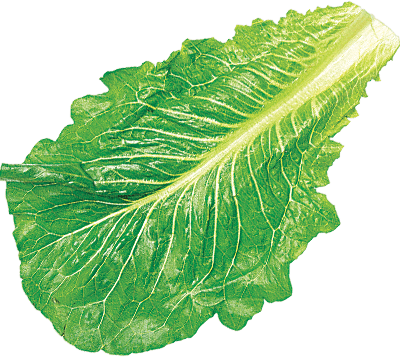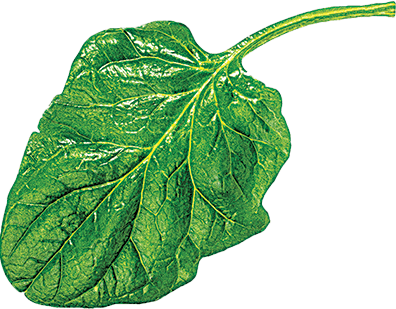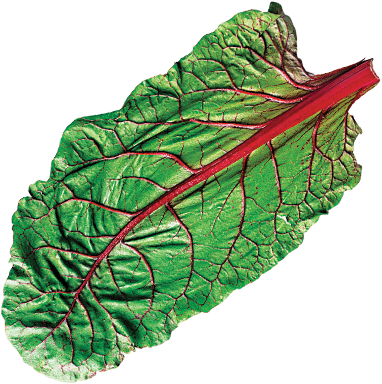by Jessica Branch: Each type has unique nutrients, flavors, and textures…

Leafy greens are among the healthiest foods you could eat. They’re also one of the top sources of bacteria that cause foodborne illness, as a new investigation from Consumer Reports shows.
Given the concerns about contamination, you may be tempted to cut greens out of your diet. But that would be a shame.
Nutritionists agree that the health benefits are substantial. In a Centers for Disease Control and Prevention study that calculated nutrient density for almost 50 fruits and vegetables, 17 of the top 20 were leafy greens. Research shows that a diet that contains plenty of leafy greens is linked to a reduced risk of heart disease, certain cancers, macular degeneration, and type 2 diabetes. They may also help to keep memory sharp as a person ages.
There are several ways to serve up safer greens, and cooking will kill harmful bacteria. Eat a variety of types: Most greens have a healthy nutritional profile, but each kind also has its individual superpowers.
Arugula
Arugula is rich in vitamin K, which helps to prevent osteoporosis and inflammatory disease. Like other cruciferous veggies (i.e., broccoli and brussels sprouts), it has glucosinolates, which may protect against certain cancers. It’s tasty in salads or sautéed.
Butter
(aka Boston or Bibb)
This family of mild-flavored head lettuce with soft, loose leaves doesn’t have quite the nutrient profile of certain darker greens, but 2 cups supplies 85 percent of your daily vitamin K need, along with some iron and vitamin A.
Collards
This cooking green is rich in calcium, fiber, folate, and the antioxidant carotenoids beta carotene and lutein. Sautéing in olive oil, garlic, and a little smoked salt adds flavor and keeps it healthier than the traditional ham hock or bacon preparation.
Iceberg
Though it ranks toward the bottom of the greens list nutritionally, it still provides some potassium, vitamin C, and folate.
Kale
Turn to kale for vitamins C and K, lutein and zeaxanthin (which may help to protect against age-related macular degeneration and possibly cataracts), and cancer-fighting glucosinolates. Use baby and mature kale in salads; the latter can also be cooked in soup or pasta.
Red or Green Leaf
Both are rich in vitamins A and K; green leaf is higher in vitamin C. Red leaf lettuce gets its color from the flavonoid antioxidant anthocyanin, which may help to lower levels of LDL (bad) cholesterol.
Romaine
Beta carotene, which your body converts to vitamin A, and folate are its standout nutrients. It’s best in salads or on sandwiches that need crunch, and can also stand up to a quick grilling.
Spinach
This green supplies a hefty dose of vitamin K, potassium, and folate. If you eat it cooked, it will also supply iron and calcium. The oxalic acid it contains reduces absorption of these minerals from raw spinach, but cooking breaks down oxalic acid.
Swiss Chard
A cooked cup of this strongly flavored green gives you all the vitamin K that you need per day, plus vitamins A and C and antioxidant carotenoids and flavonoids. Toss into egg dishes or soups, or sauté with garlic and top with sesame seeds or lemon juice.
